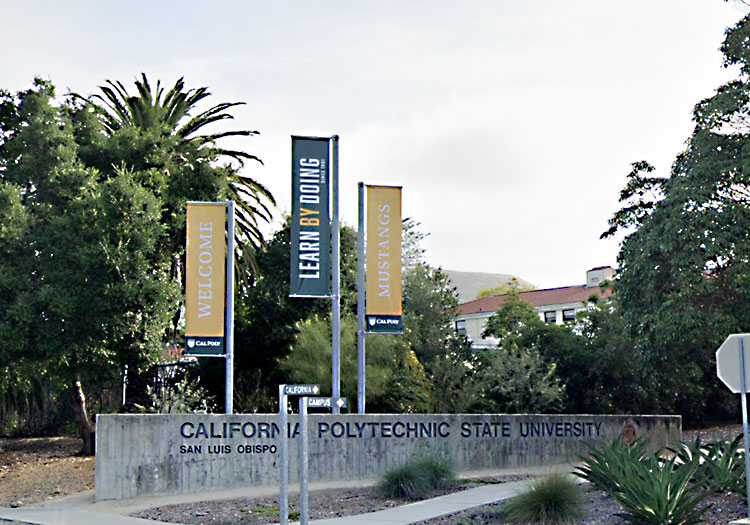COVID-19 has parents and students alike rethinking their college choices. With the COVID-19 driven economic reality, students and parents alike are thinking towards value colleges and universities. A value college is exactly what it sounds like: how do I pay the least amount in tuition and still get the best post-graduate outcome?
The use of Data Analytics methods combined with publicly available data from the US Department of Education College Scorecard makes a difficult sounding task surprisingly straight forward.
A Quality Source of Data Comes from The US Department of Education’s College Scorecard. Publicly available and unbiased data are the most important pieces to evaluating colleges and universities.
The Department of Education College Scorecard gathers, cleans, organizes, and stores over 1900 different variables on how different student segments perform at different colleges and universities across the United States. In the consideration set for this optimization model were over 1500, 4-year bachelor’s degree granting institutions across the United States.
All the 1500 educational institutions considered were accredited, receive federal education funds, and have classrooms ready and able to accept new students. The challenge now becomes what variables to select for the optimization model.
The Most Important Outcome Variables to Choosing a College.College admission websites are filled with pictures of new dormitories, notable alumni quotes, shimmering world class fitness centers, multi-level food courts, and sport team highlights.
Sadly, none of these equate to any post-graduation educational value for students. There are seven key educational outcome measures that can clearly differentiate one college from the other. In this model, the in-state tuition and fees had to be lower than $13,000 to be considered.
Seven Key College Outcome Measures
- In-state tuition and fees – Must be less than $13,000/year.
- Graduation rate for first-time, full-time students (within 6 years) – Average of 79%
- Median earnings of working students (10 years after graduation) – Average of $55,000
- Five-year debt repayment rate for graduates – Average of 85%
- Median debt of graduates – Average of $19,000
- Transfer rate for first-time, full-time students – Average of 10%
- First-time, full-time student retention rate – Average of 90%
- Transfer Rate + Retention Rate Do Not Equal 100% Due to Department of Education Measurements
How the Schools Were Chosen & Ranked — Optimization Model Method.
The goal of using data analytics in the college choice process is to help prospective college students answer one of their most important questions, “What is the best educational value for my educational dollar?”
Specifically, how do I achieve a high post-graduation income, on time graduation, the ability to repay a low amount of student debt, and a school where I have a high chance of success while spending the least amount possible?
The optimization model method ranked these 30 schools against the 1500 considered to determine which schools had the best possible combination of the seven key college outcome measures.
The model finds the best combination of all seven variables among the 1500 schools and then delivers the rank of each one compared to the others.
•••
The Top 10
Not What You Expected
- Bernard M Baruch College, New York, NY
- Binghamton University, Vestal, NY
- California Polytechnic State University, San Luis Obispo
- Florida State University, Tallahassee, FL
- Georgia Institute of Technology, Atlanta, GA
- North Carolina State University, Raleigh, NC
- San Diego State University, San Diego
- University of Florida, Gainesville, FL
- University of Maryland, College Park, MD
- University of North Carolina, Chapel Hill, NC
The Next 10
Cost Effective with “Best Of” Results
- Appalachian State University, Boone, NC
- California State University, Fullerton
- James Madison University, Harrisonburg, VA
- Texas A & M University, College Station, TX
- University of Texas, Austin, TX
- Towson University, Towson, MD
- Truman State University, Kirksville, MO
- University of Georgia, Athens, GA
- University of Washington, Seattle, WA
- University of Wisconsin, Madison, WI
The Final 10
High Admission Rates with High Results
- Auburn University, Auburn, AL
- George Mason University, Fairfax, VA
- Indiana University, Bloomington, IN
- Iowa State University, Ames, IA
- Ohio State University, Columbus, OH
- Purdue University, West Lafayette, IN
- Slippery Rock University, Slippery Rock, PA
- University of Iowa, Iowa City, IA
- University of Utah, Salt Lake City, UT
- Worcester State University, Worcester, MA
•••
The Top Data Location for Further College Research: Department of Education College Scorecard ━ collegescorecard.ed.gov.
Choosing a College is A Choice Best Done with Data Measuring Concrete Outcomes
It is extraordinarily difficult to select a college based on marketing material the college and the traditional college admission industry provide because clearly defined outcomes are often not available.
Parents and students need to focus on college outcomes because the best way to make a bachelor’s degree pay off is to graduate on time, pay the lowest tuition possible, and graduate with the lowest amount of debt.
•••
Story by Chad Storlie. He is a retired US Army Special Forces officer, an Iraq combat veteran, and has 15 years university teaching experience as an adjunct Professor of Marketing. He is a mid-level B2B marketing executive and a widely published author on leadership, business, data, decision making, military and technology topics.

